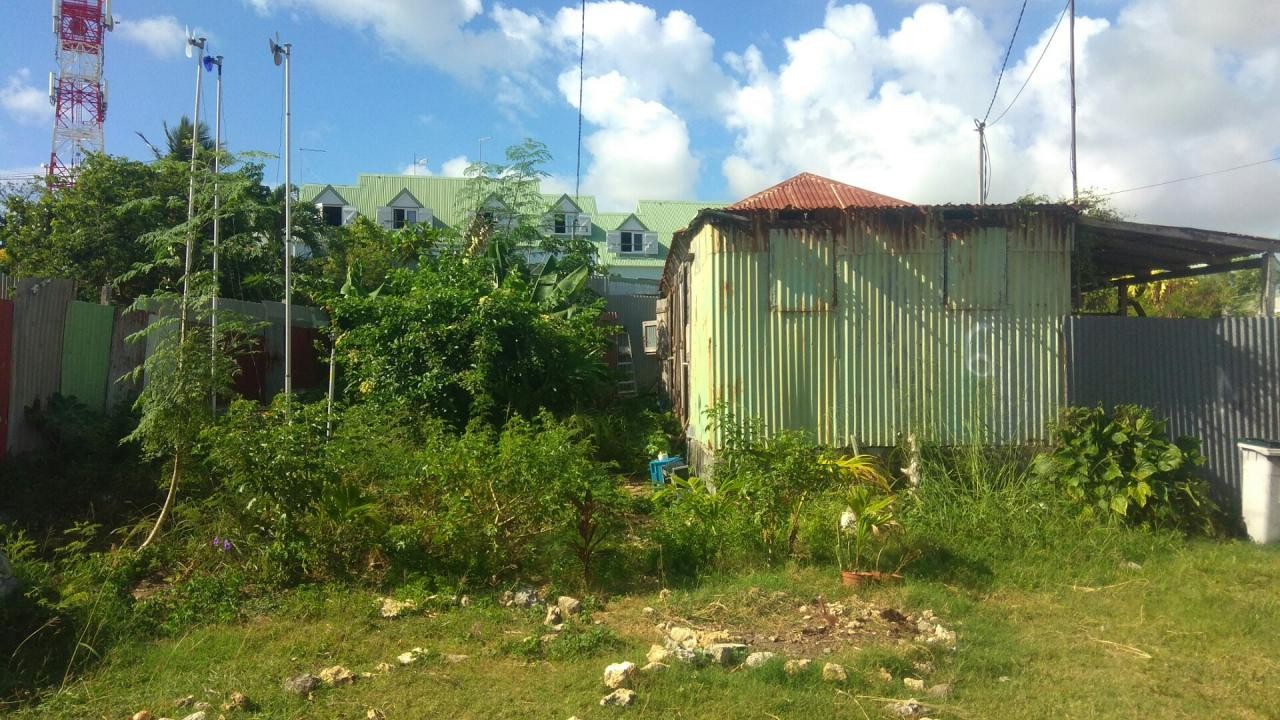Tropical Almond
The leaves are used in aquariums. Dried leaves, placed in aquariums, release tannin into the water and have analgesic, anti-inflammatory and anti-diabetic properties. They have the ability to reduce the PH of the water, which has the effect of preventing the development of mycoses, calming the fish and having better dispositions for reproduction, more vitality, less stress, as well as a strengthened immune system
uses
The seeds of the catappa are used for the manufacture of oil used in traditional pharmacopoeia but also for cooking
its taste is close to that of hazelnut. Inside the shell is the fine which is very appreciated for its taste
It would have anti-tumor effects, and is recommended in cases of stubborn cough. The oil is cold extracted, edible and does not go rancid.
Consumtions
The fruit of the almond tree can be eaten once it is yellow by scraping the flesh on the surface but also when it is dry by breaking the shell to take the almond inside.
Moreover, it is the most common way of consumption but it remains difficult.
We use a stone to break the shell but there is a risk of crushing the kernel so precision, technique and a dosage of force are required. There is no special tool for this process; nutcrackers and the like will be useless because from the outside the shell is not rigid but flexible and crumbles. The best is to go about it gradually, removing the crumbling parts and once the hard shell is reached, apply a few sharp blows to open the shell.
Last edited: 03/08/2024
Add a comment




